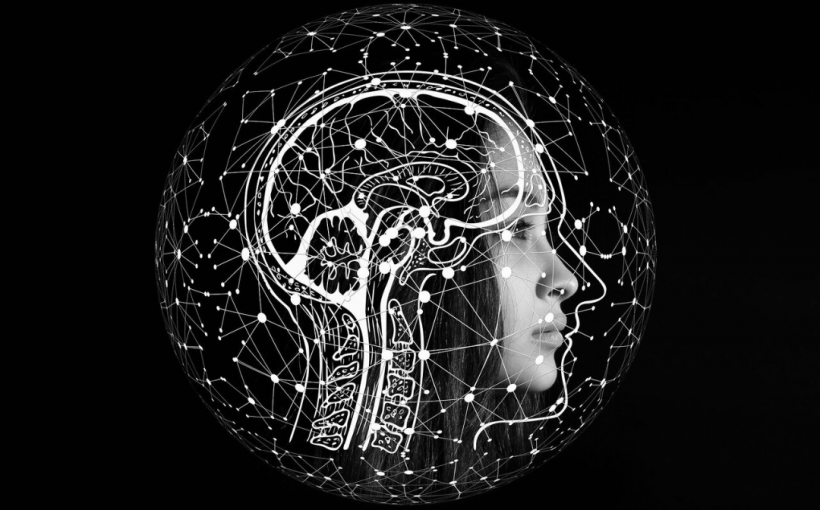How brain cells communicate with one another remains largely cloaked in mystery, but a probe that records signals from neurons with unprecedented clarity and precision may help unlock those secrets, according to a study by researchers at Massachusetts General Hospital (MGH) and colleagues at several other institutions. These findings, reported in Nature Neuroscience, could lay the foundation for a better understanding of how the brain works, the origins of neurological diseases and more.
In 2017, a digital technology company in Belgium called IMEC, in conjunction with the Howard Hughes Medical Institute (including the Janelia Research Campus), introduced the Neuropixels probe, a tool for recording the activity of brain cells, or neurons. “The Neuropixels device has revolutionized the field of neuroscience,” says neuroscientist and electrophysiologist Angelique Paulk, Ph.D., a researcher at MGH’s Center for Neurotechnology and Neurorecovery and lead author of the study.
Earlier technologies for recording the activity of neurons generally relied on relatively large electrodes inserted into the brain. “They can sample activity from thousands of brain cells at once, but that produces a blurry view,” says Paulk. She switches to an audio analogy to describe the quality of recordings by older devices: Imagine standing in the middle of a packed football stadium, listening to the crowd roar. By contrast, the Neuropixels probe is much smaller, but has far superior resolution. “Instead, it’s like you’re able to record hundreds of individual voices, each with its own microphone,” says Paulk.
The original Neuropixels probe, however, was designed as a research tool for use in small lab animals such as rodents. Neuroscientists immediately expressed interest in a tool that could be used to study human brains, which required some modification. For instance, the original Neuropixels probe was too fragile for use in the large human brain, so it had to be made thicker. Still, says Paulk, the probe is only the width of about three hairs.
The goal of the Nature Neuroscience report was to develop techniques for using the modified Neuropixels probe to record brain activity in human patients undergoing neurosurgery in an operating room. Nine patients already slated to have neurosurgery to treat several different conditions consented to allow MGH neurosurgeons to record their brain activity during the procedures.
The team, which included epilepsy specialist Sydney Cash, MD, Ph.D., and neurosurgeon Ziv Williams, MD, both of MGH, experienced challenges in using the Neuropixels probe in humans, as six attempts to record brain activity were unsuccessful. However, they were able to successfully record brain activity in three patients, one undergoing treatment for epilepsy, while the other two received implants to provide deep-brain stimulation for treatment of movement disorders. In one of the latter patients, the team recorded the activity of 202 individual neurons.
Why is it important to record the behavior of individual neurons? “Thanks to new higher-resolution tools, we’re finding that different cell types are doing very interesting things,” says Paulk. For example, excitatory neurons generate signals, while inhibitory neurons slow or stop them. Small probes already available can record the activity of one or two neurons, “but that means that you’re not really capturing the diversity of cell types,” says Paulk. “Being able to sample 200 cells all at the same time tells us how the cells talk to each other. It’s that special interplay that allows our brain circuits to work.”
Decoding communication between neurons with the aid of the Neuropixels probe and other tools could lead to new revelations about neurological conditions such as epilepsy and how tumor cells invade neighboring cells in the brain, says Paulk, as well as aid developers of tools that allow disabled people to use their brains to operate computers and robotic devices that let them live more independently. Ultimately, this new technology could provide invaluable insights about the very nature of cognition, such as how we form thoughts and perceive the world around us.
Paulk is an instructor in Neurology at Harvard Medical School (HMS). Cash is an associate professor of Neurology at HMS and directs the Cash Lab at the MGH Center for Neurotechnology and Neurorecovery. Williams is an associate professor of Neurosurgery at HMS and directs the Williams Lab at the Center for Nervous System Repair at HMS.
Marcela Quintanilla Dieck, Massachusetts General Hospital


